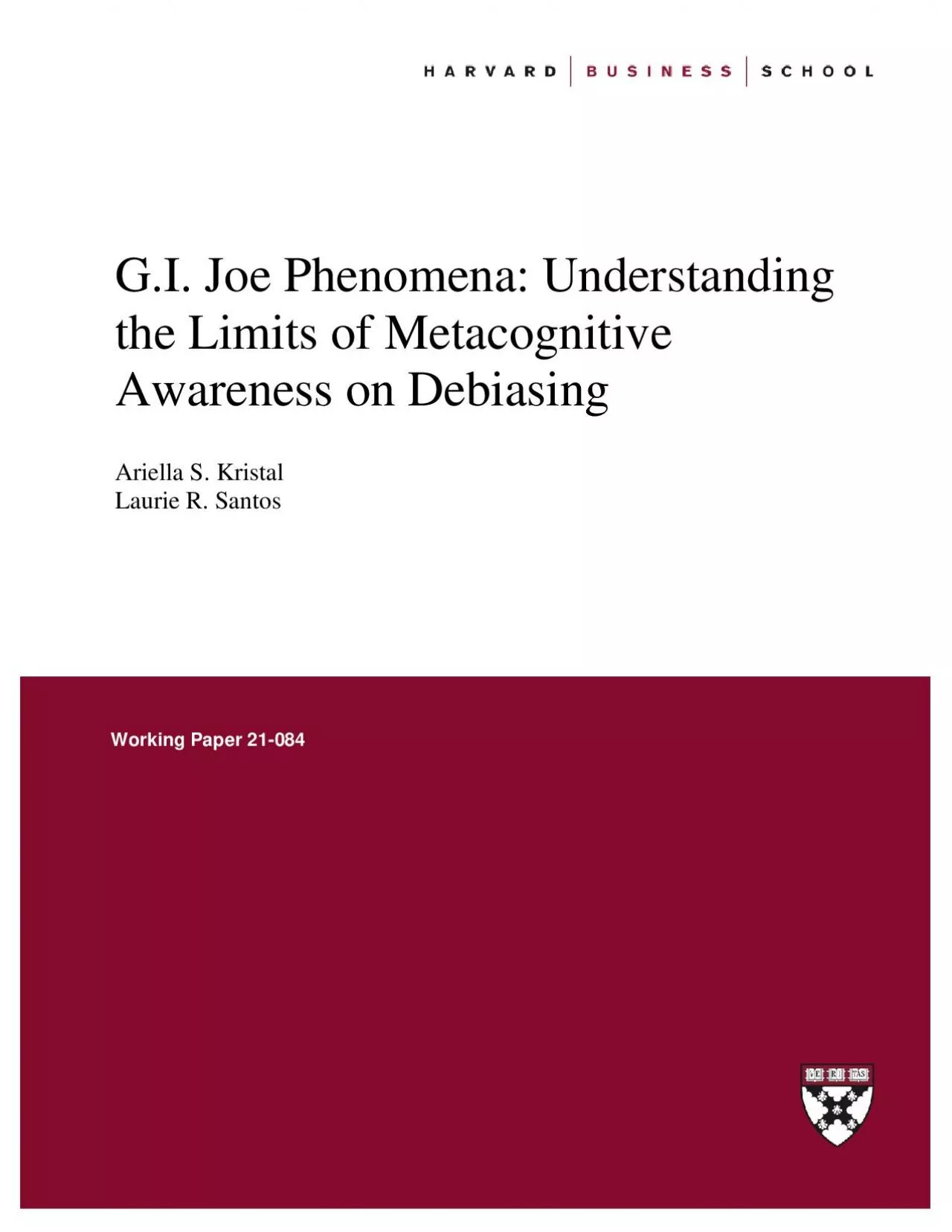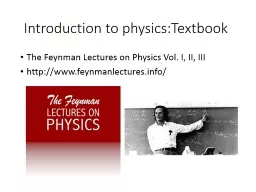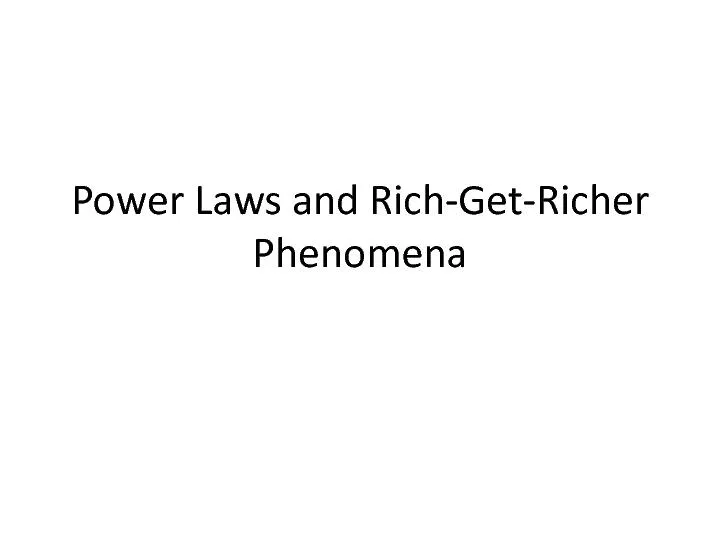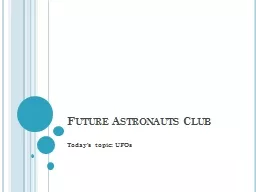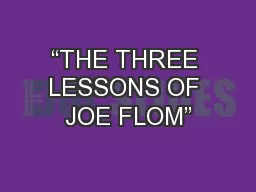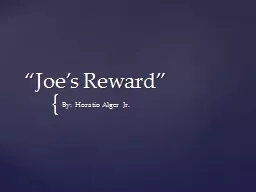PDF-GI Joe Phenomena
Author : barbara | Published Date : 2021-09-01
Understanding the Limits of Metacognitive Awareness on DebiasingAriella S KristalLaurie R SantosWorking Paper 21084Working Paper 21084rkinersren draftrmThisorkingperstributedsesommentdiscussiayeprod
Presentation Embed Code
Download Presentation
Download Presentation The PPT/PDF document "GI Joe Phenomena" is the property of its rightful owner. Permission is granted to download and print the materials on this website for personal, non-commercial use only, and to display it on your personal computer provided you do not modify the materials and that you retain all copyright notices contained in the materials. By downloading content from our website, you accept the terms of this agreement.
GI Joe Phenomena: Transcript
Download Rules Of Document
"GI Joe Phenomena"The content belongs to its owner. You may download and print it for personal use, without modification, and keep all copyright notices. By downloading, you agree to these terms.
Related Documents

